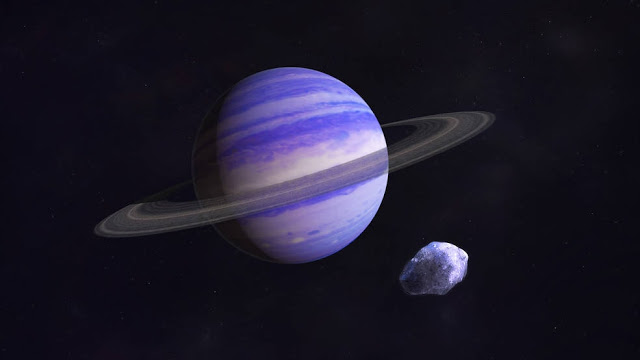Astronomers at the National Aeronautics and Space Administration (NASA) have detected no less than seven roughly Earth-sized planets orbiting a dwarf star in space.
Scientists had previously only identified a tiny number of so-called “exoplanets”, which are believed to have the qualities needed to support life.
According to the announcement, life may have evolved on at least three planets within the newly discovered solar system that is just 39 light years away from Earth.
An entire system of Earth-sized planets!
And if that’s not enough, the team asserts that the density measurements of the planets indicate that the six innermost ones are Earth-like rocky worlds.
Three of the planets lie in the star’s habitable zone.
If you aren’t familiar with the term, the habitable zone (also known as the “goldilocks zone”) is the region surrounding a star in which liquid water could theoretically exist.
This means that all three of these alien worlds may have full oceans of water, dramatically increasing the possibility of life in them!
The other planets are less likely to host oceans of water, but the team states that liquid water is still a possibility on each of these worlds.
Summarizing the work, lead author Michaël Gillon notes that this solar system has the largest number of Earth-sized planets yet found and the largest number of worlds that could support liquid water:
“This is an amazing planetary system — not only because we have found so many planets, but because they are all surprisingly similar in size to the Earth!”
Co-author Amaury Triaud notes that the star in this system is an “ultracool dwarf,” and he clarifies what this means in relation to the planets:
“The energy output from dwarf stars like TRAPPIST-1 is much weaker than that of our Sun. Planets would need to be in far closer orbits than we see in the Solar System if there is to be surface water.
“Fortunately, it seems that this kind of compact configuration is just what we see around TRAPPIST-1.”
When asked how the planets will be named, Michaël Gillon, astronomer at the University of Liege, says the team had discussed naming the planets according to the Trappist theme.
Trappists are originally members of an order of Christian monks found in Belgium, known for their quietude and beer brewing.
The planets will most likely be named after Belgian beers.




Am waiting to hear that they have discovered heaven!
Lol Mr Iyke